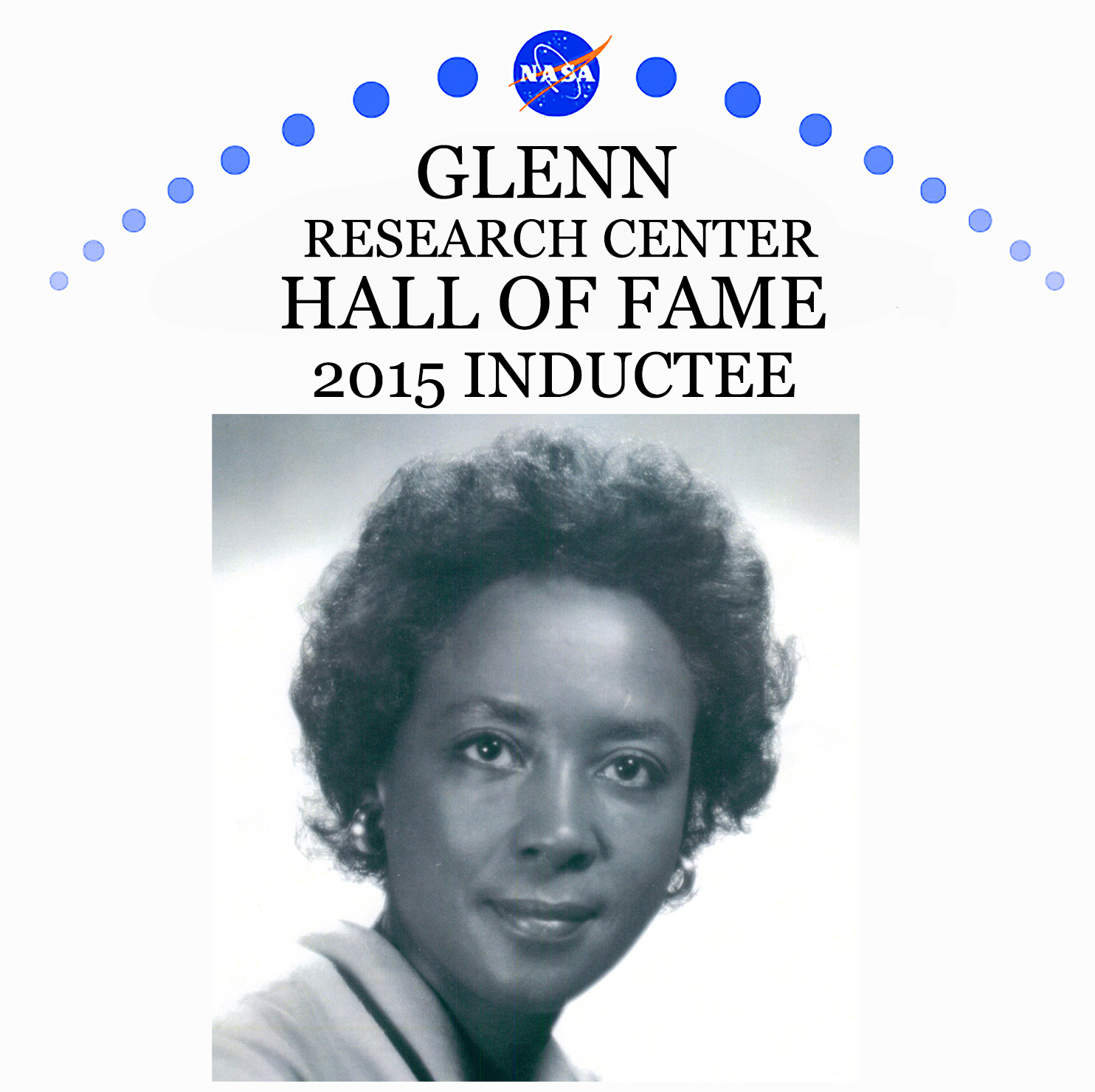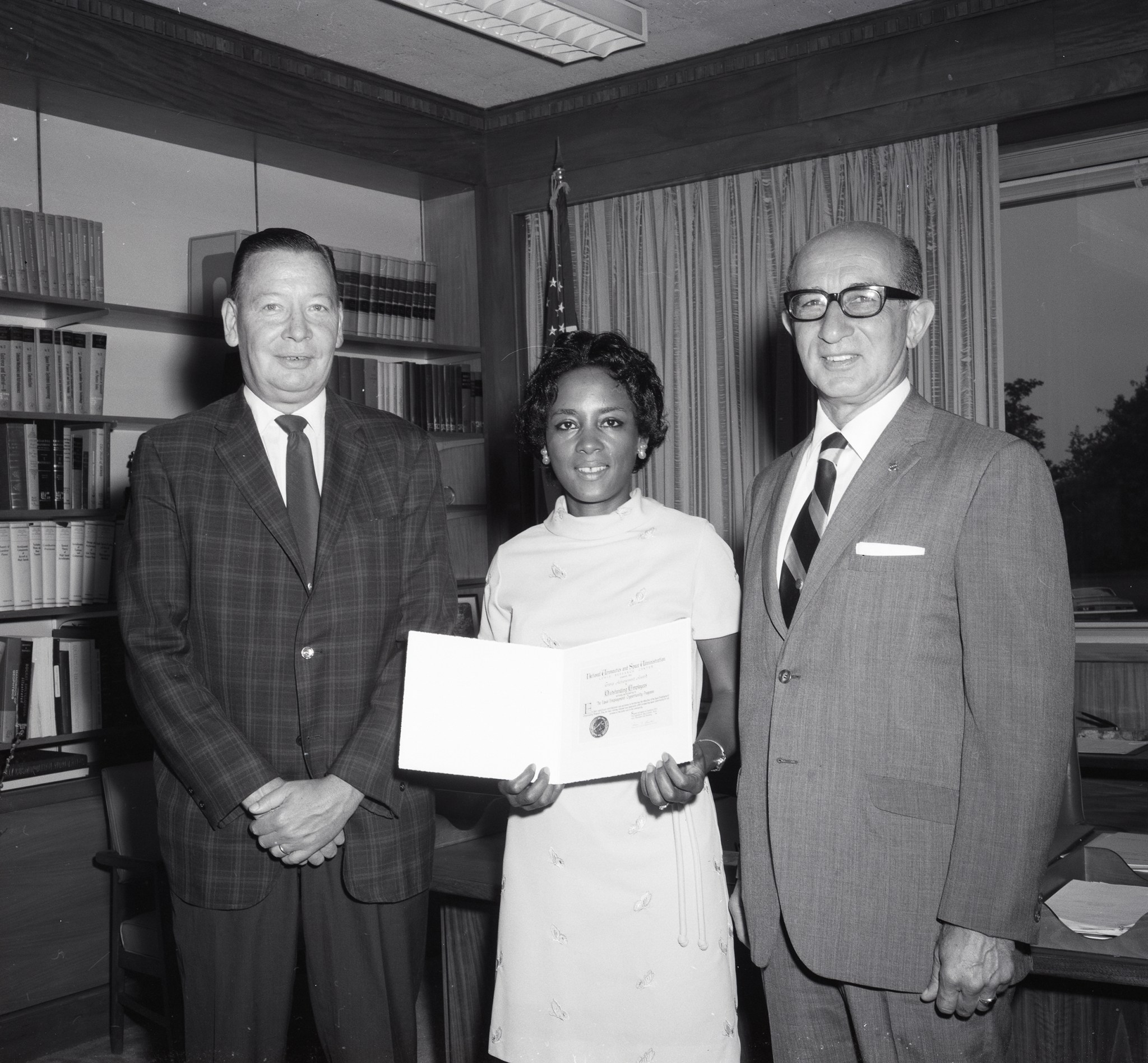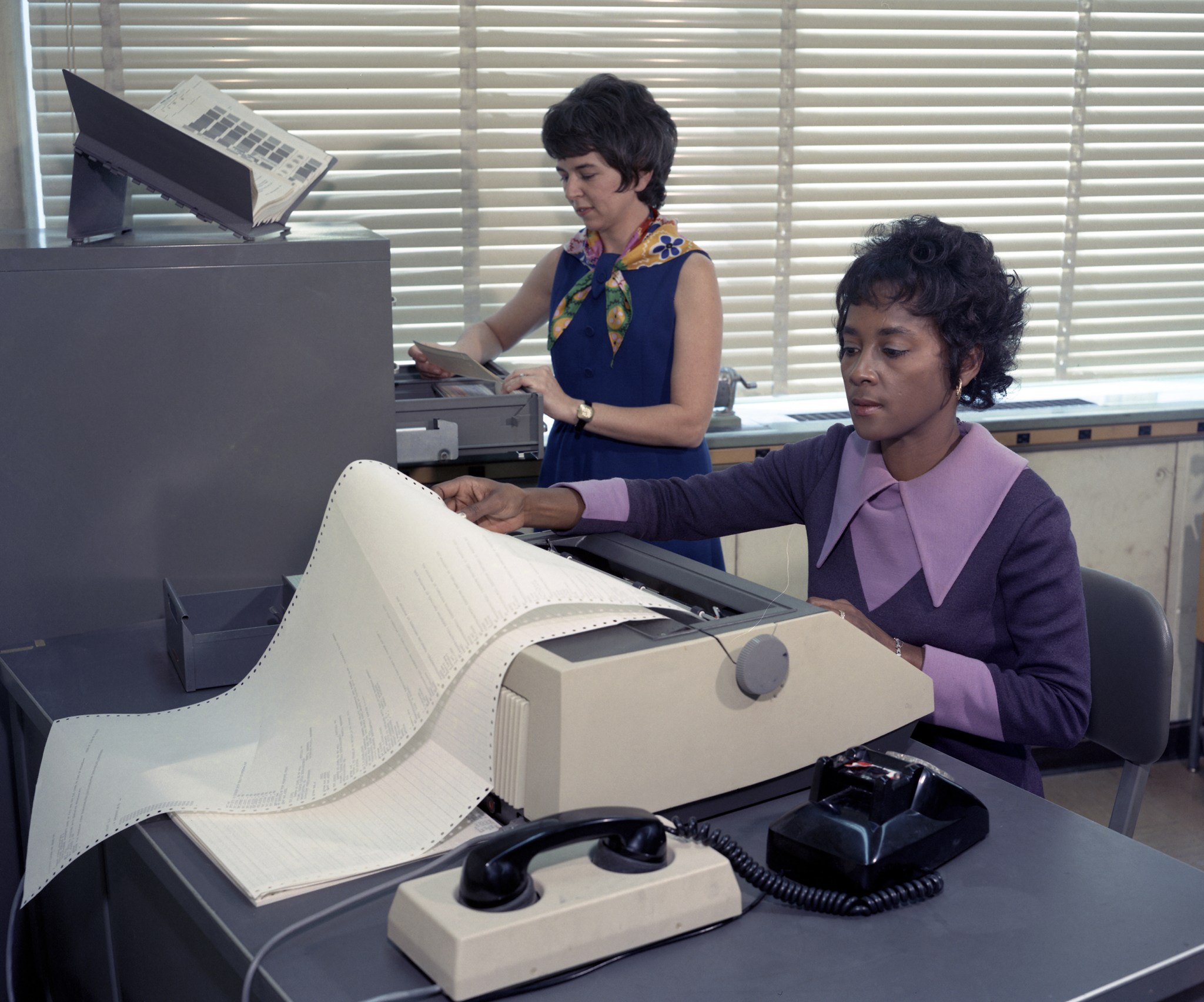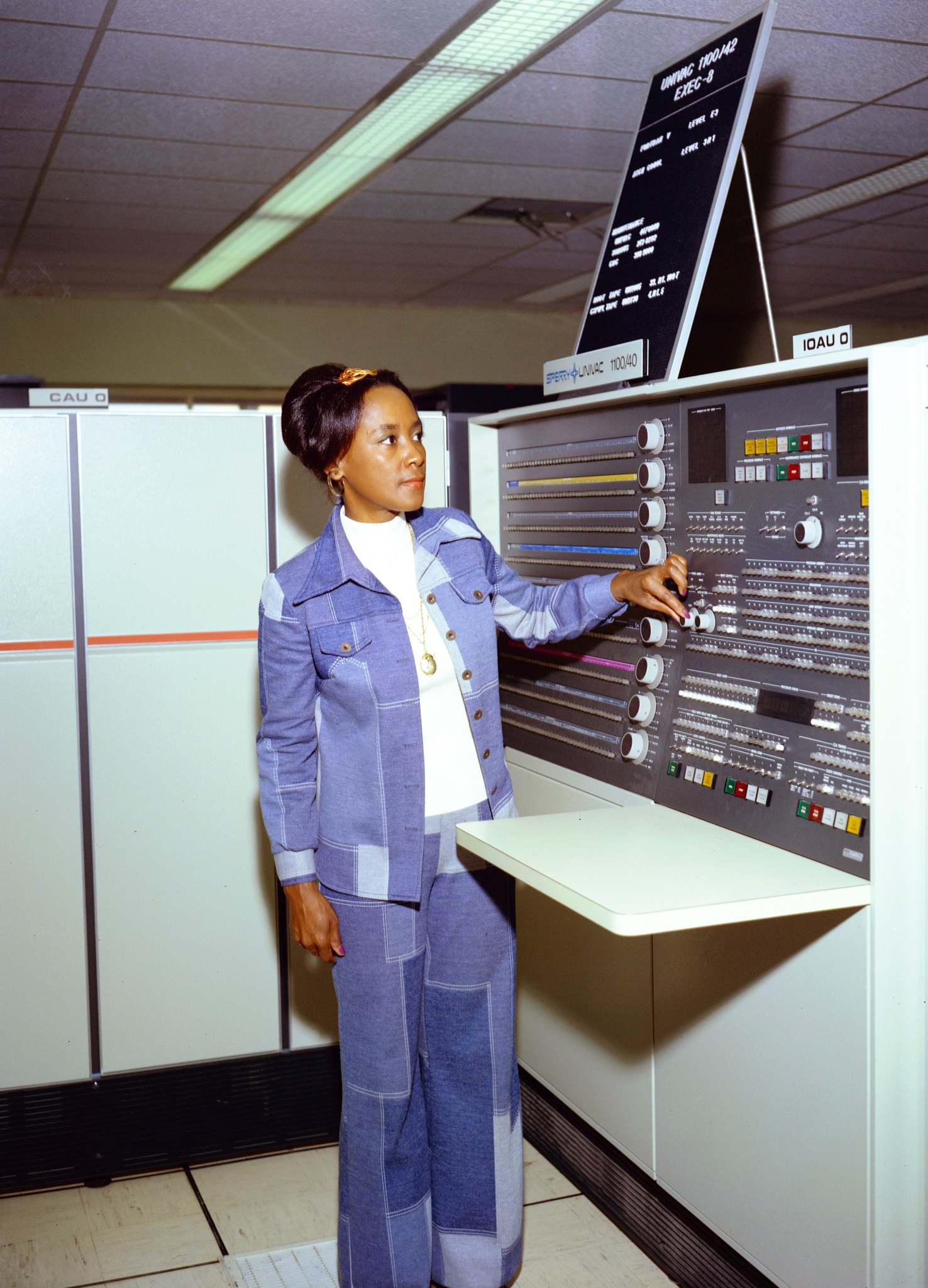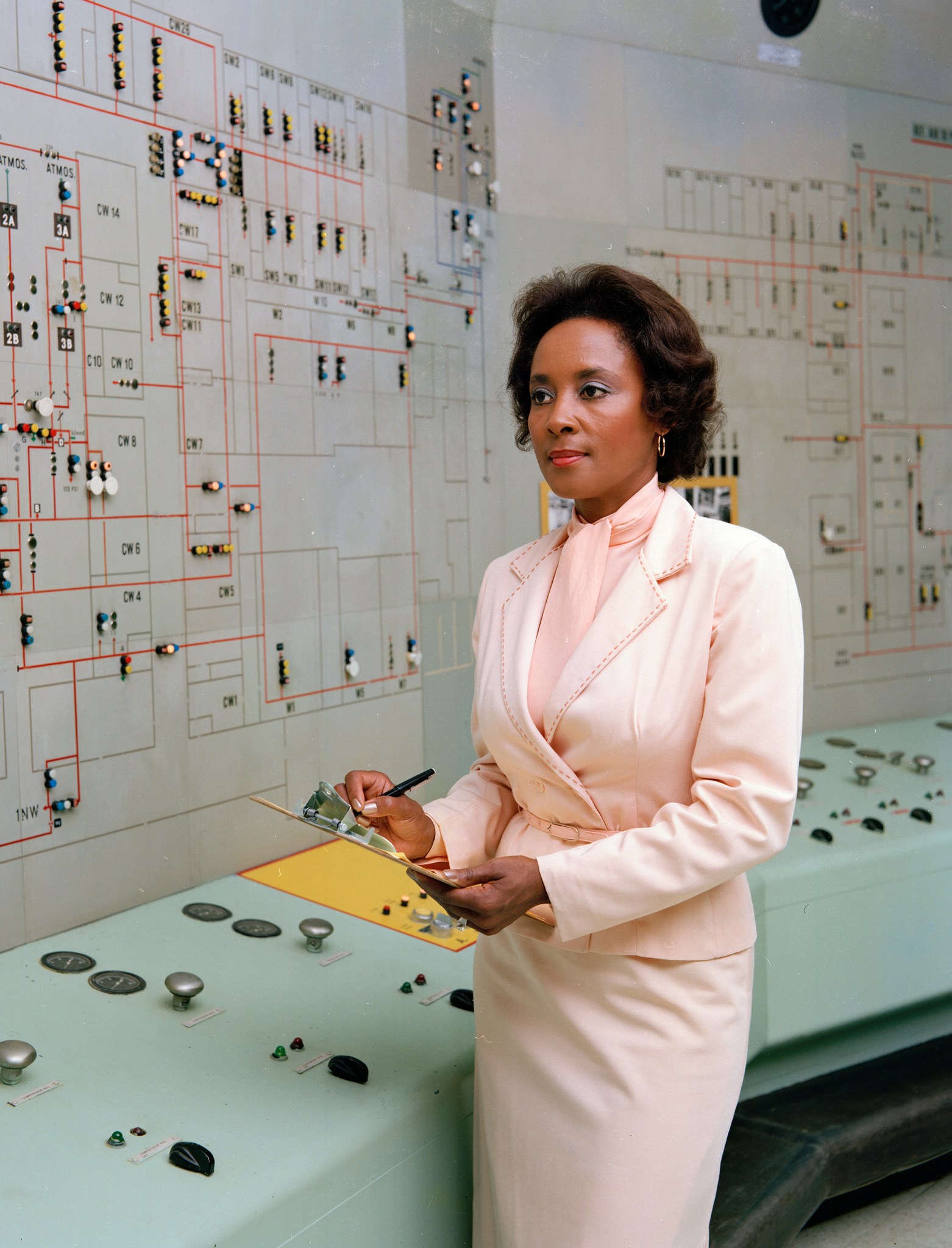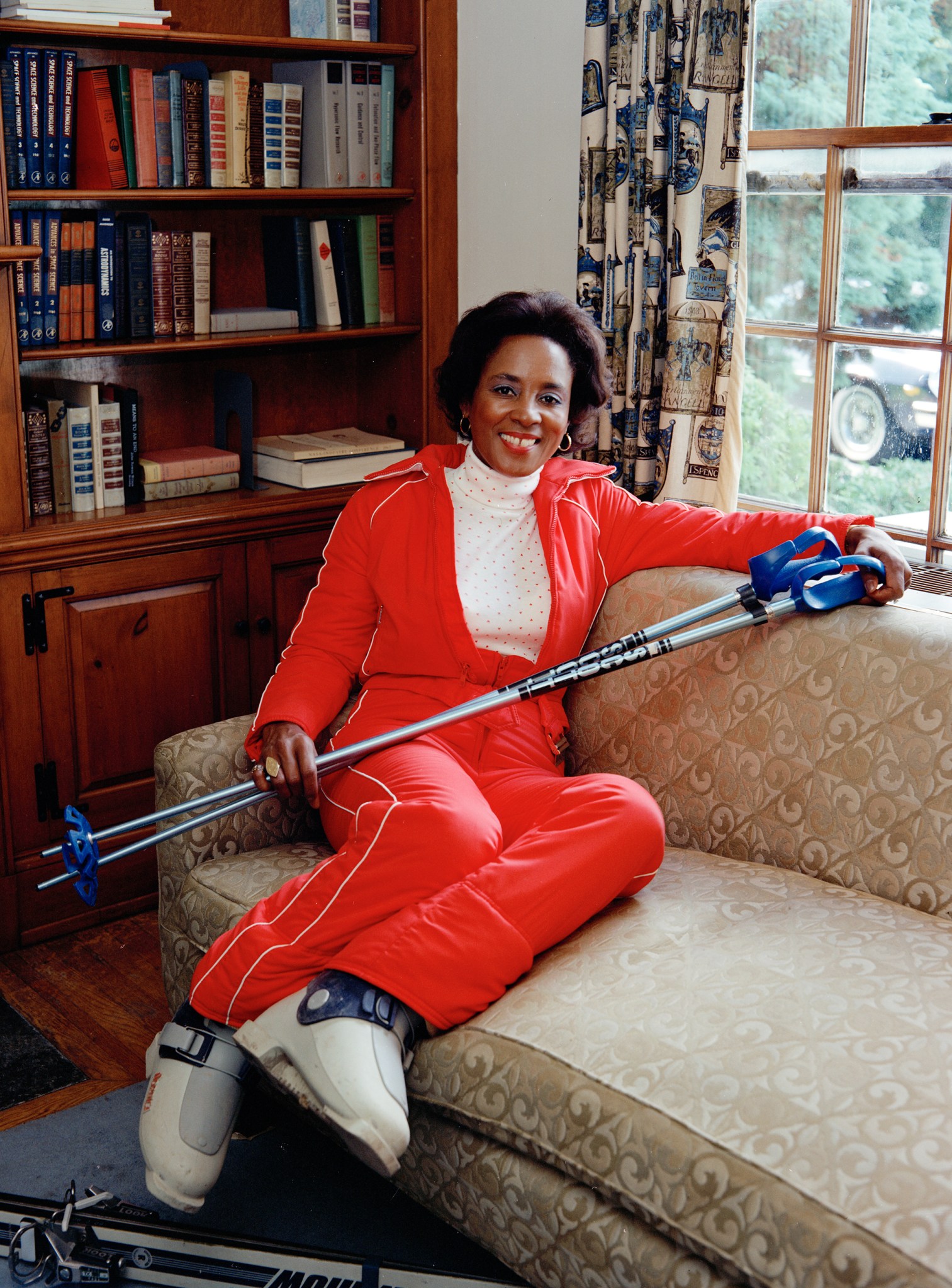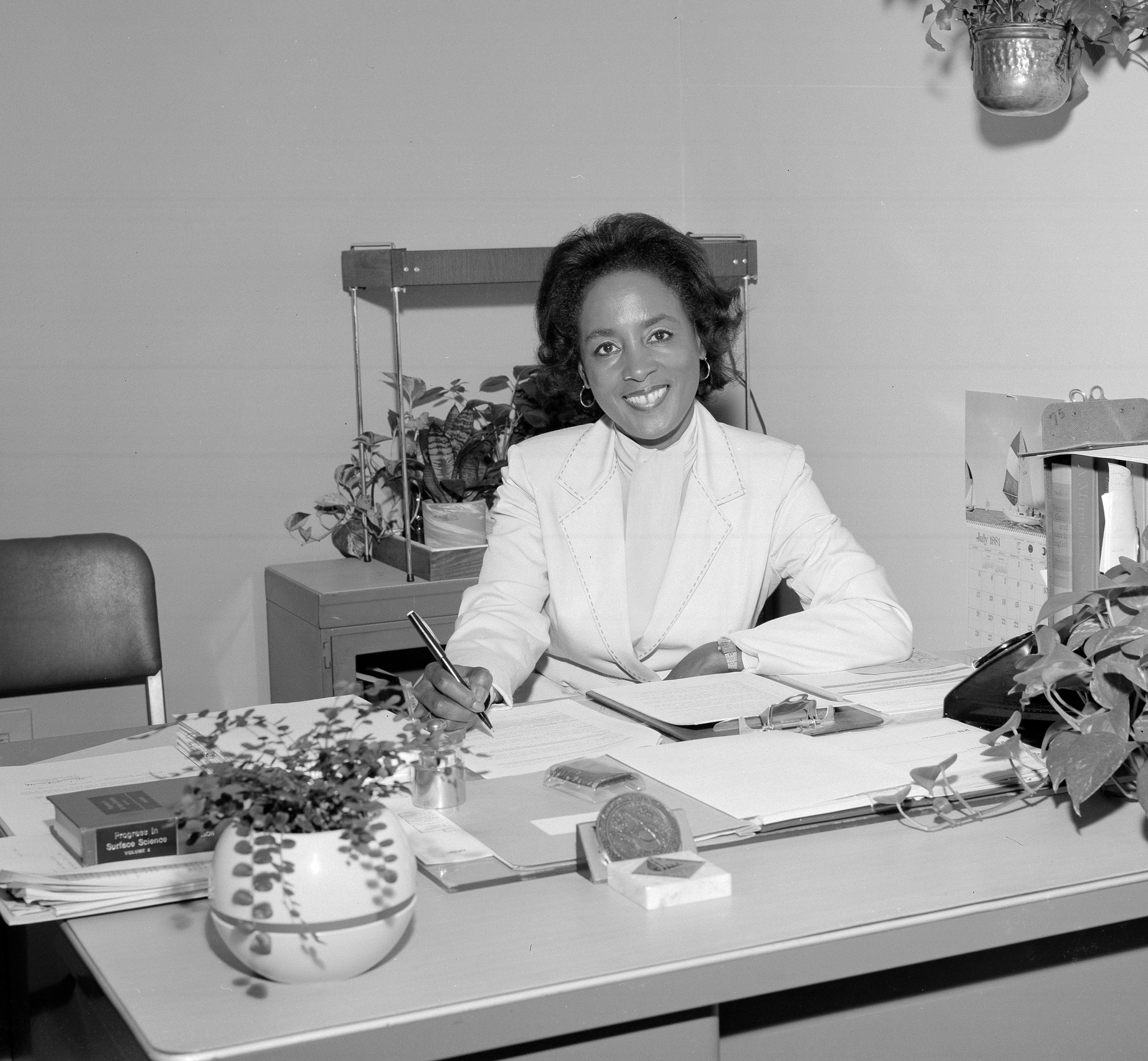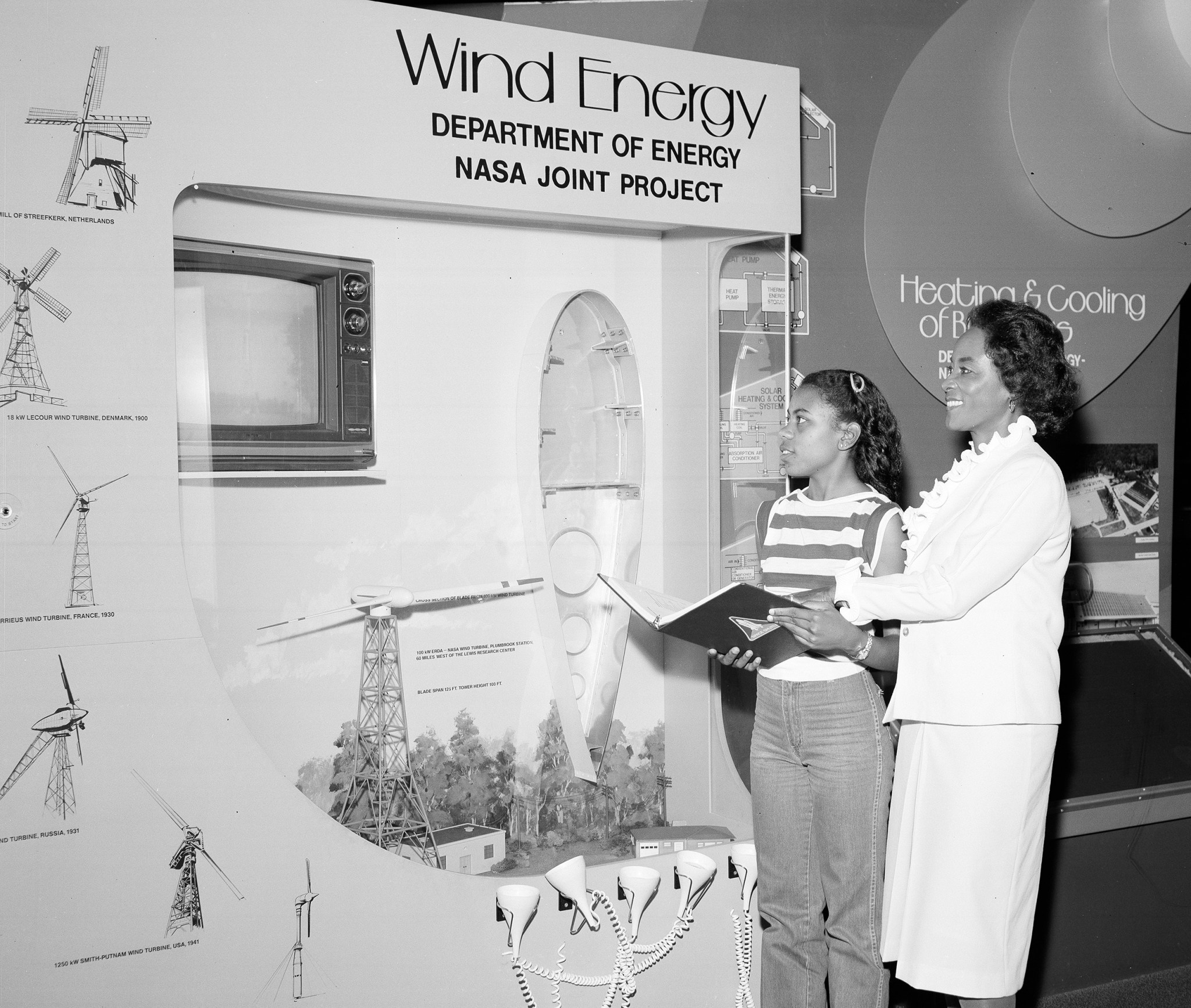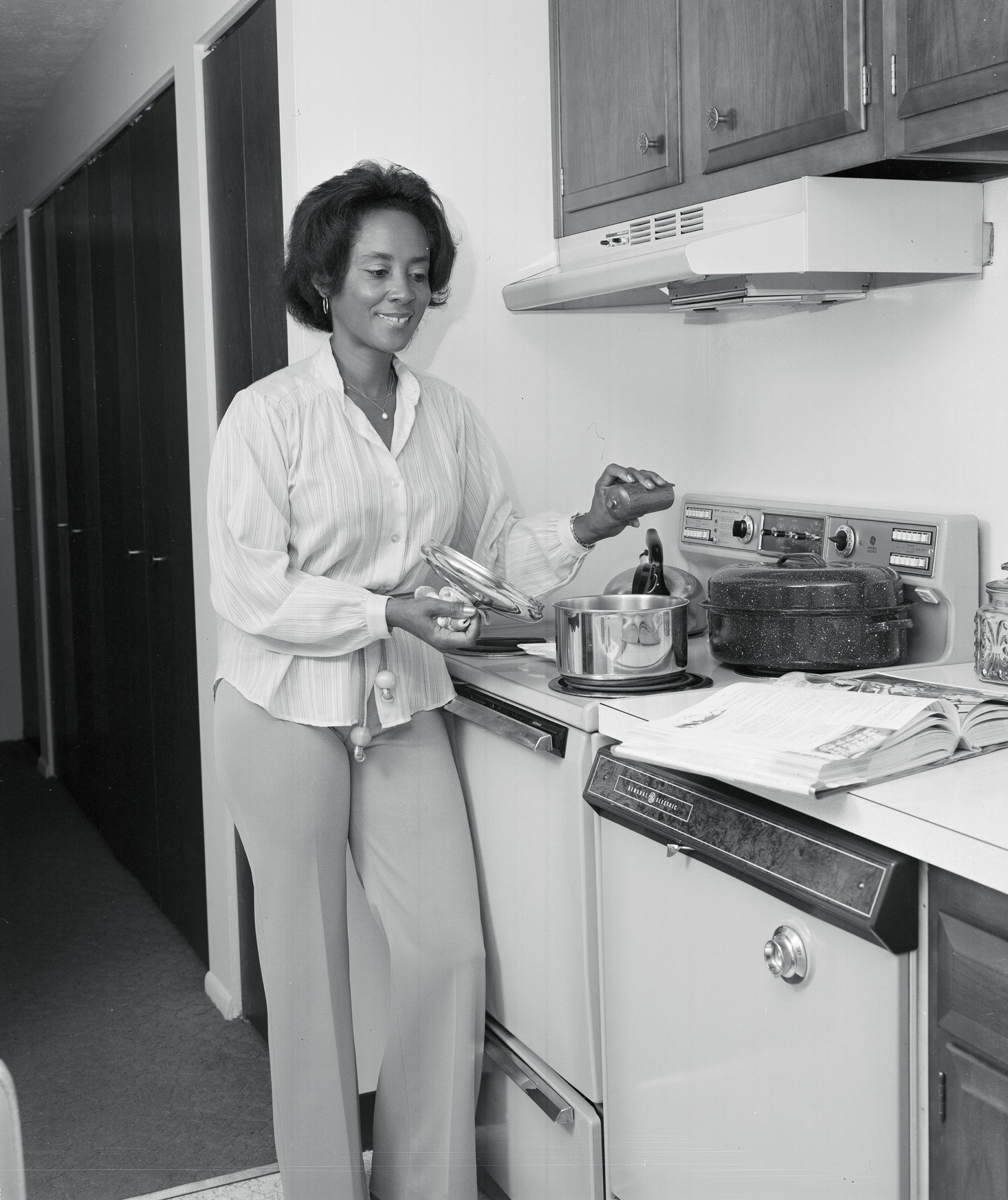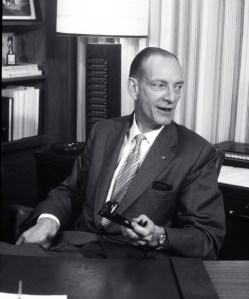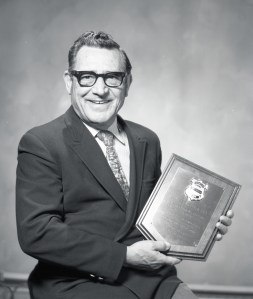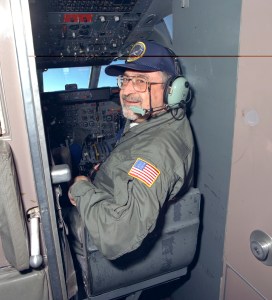Citation
Annie Easley began her career in 1955 as a human “computer.” When machines replaced people, she evolved along with them, becoming a computer programmer. She developed and tested code and analyzed data for a variety of research areas, including alternative energy, battery storage, and the Centaur launch vehicle. In addition to her professional achievements, as one of the first African-American employees, Annie Easley was a pioneer for females and minorities in science, technology, engineering, and math (STEM) careers. She was a champion for equality for all throughout her career.
Biography
Annie Easley had never heard of the National Advisory Committee for Aeronautics (NACA) when she read an article about twin sisters who were “human computers” at the Aircraft Engine Research Laboratory in Cleveland, Ohio. The Lab (the predecessor of the NASA Glenn Research Center) was in need of people with strong math skills, and she was in need of a job after recently relocating from Birmingham, Alabama. Two weeks after reading the article, Easley began a career that would span 34 years. She would contribute to numerous programs as a computer scientist, inspire many through her enthusiastic participation in outreach programs, break down barriers for women and people of color in science, technology, engineering, and mathematic (STEM) fields, and win the admiration and respect of her coworkers.
In 1955, Easley began her career as a “human computer,” doing computations for researchers. This involved analyzing problems and doing calculations by hand. Her earliest work involved running simulations for the newly planned Plum Brook Reactor Facility. When hired, she was one of only four African-American employees at the Lab. In a 2001 interview she said that she had never set out to be a pioneer. “I just have my own attitude. I’m out here to get the job done, and I knew I had the ability to do it, and that’s where my focus was.” Even in the face of discrimination, she persevered. “My head is not in the sand. But my thing is, if I can’t work with you, I will work around you. I was not about to be [so] discouraged that I’d walk away. That may be a solution for some people, but it’s not mine.”
When human computers were replaced by machines, Easley evolved along with the technology. She became an adept computer programmer, using languages like the Formula Translating System (Fortran) and the Symbolic Optimal Assembly Program (SOAP) to support a number of NASA’s programs. She developed and implemented code used in researching energy-conversion systems, analyzing alternative power technology—including the battery technology that was used for early hybrid vehicles, as well as for the Centaur upper-stage rocket.
In the 1970s, Easley returned to school to earn her degree in mathematics from Cleveland State, doing much of her coursework while also working full time. A firm believer in education and in her mother’s advice “You can be anything you want to be, but you have to work at it,” Easley was very dedicated in her outreach efforts at NASA. She not only participated in school tutoring programs but was a very active participant in the speaker’s bureau—telling students about NASA’s work and inspiring especially female and minority students to consider STEM careers.
Later in her career, she took on the additional role of equal employment opportunity (EEO) counselor. In this role she helped supervisors address issues of gender, race, and age in discrimination complaints at the lowest level and in the most cooperative way possible. Less formally, she helped pave the way for women’s rights at the center when she and her room supervisor made a pact to wear pantsuits the following day. Again, from her 2001 interview, “…it did cause quite a stir, but there was one woman who said, ‘I was just waiting for the first one to wear pants.’ You know, we took the emphasis off [of] what you’re wearing. It’s more like what you’re actually producing.”
A Lewis News article quoted one of Easley’s coworkers as saying, “She loves life and encourages others to do the same.” In addition to her technical and outreach activities, Easley was a champion of employee morale. She was a founding member of the Ski Club and was very active in the annual children’s Christmas play, Center athletics, and the Business & Professional Women’s association.
Easley would humbly state that she never set out to be a role model or trailblazer. Many who knew her would say that it was not just the work that she did that made a difference; it was her energy and positive attitude that had a tremendous impact on the center. In the 35-page transcript of her 2001 NASA oral history interview, Easley consistently emphasizes the importance of teamwork and expresses appreciation and admiration for those she worked with. There are many illustrations throughout her career of her determination and discipline, kindness, and generosity.
Easley retired in 1989, but she remained an active participant in the Speaker’s Bureau and the Business & Professional Women’s association. Annie Easley passed away on June 25, 2011.
Related Documents
- Easley Oral History by Sandra Johnson (2001)
- Annie Easley Articles (1955-2018)
- Easley Science Engineering article (1982)
- Annie Easley was Human Computer articles (2017)
- Easley Bio by Physics Today (2018)
- Meet Annie Easley article (2018)



























